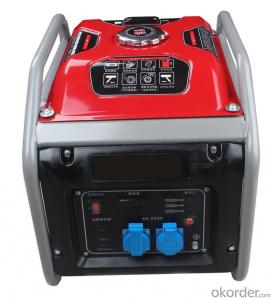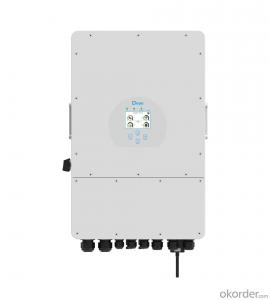Zamp Solar Inverter
Zamp Solar Inverter Related Searches
Mpp Solar Power Inverter Mpp Solar Inverter Inverter For Solar Mpp Solar Charger Inverter Smart Inverter Solar Power Solar Inverter Smart Solar Inverter Mpp Solar Inverter Charger Powmr Solar Inverter Sukam Solar Inverter Solar Smart Inverter Mp Solar Inverter Solar Solar Inverter Xantrex Solar Inverter Smart Solar Power Inverter Inverter Solar Inverter For Solar Power Plant Mppt Solar Inverter Sharp Solar Inverter Mpp Solar Hybrid Inverter Inverter For Solar Farm Inspire Solar Inverter Power Inverter Solar Solar Farm Inverter Mppt Solar Pump Inverter Mpp Solar Inverter 12v Abb Solar Inverter Inverter For Solar Battery Mppt Solar Power Inverter Invt Solar InverterZamp Solar Inverter Supplier & Manufacturer from China
Zamp Solar Inverter is a line of high-quality solar power inverters designed to convert the energy generated by solar panels into usable electricity for various applications. These inverters are engineered to provide reliable and efficient power conversion, making them an essential component in solar energy systems. They are equipped with advanced features such as maximum power point tracking (MPPT) and multiple input/output options, ensuring optimal performance and compatibility with different solar panel configurations.The Zamp Solar Inverter is widely used in residential, commercial, and off-grid applications where reliable and clean energy is required. They are particularly useful in remote areas where access to traditional power sources is limited, as well as in situations where a backup power supply is necessary. These inverters can be integrated into existing electrical systems or used as standalone power sources, providing a sustainable and eco-friendly solution for energy needs.
Okorder.com is a reputable wholesale supplier of Zamp Solar Inverters, offering a vast inventory of these products to cater to the growing demand for renewable energy solutions. With a commitment to quality and customer satisfaction, Okorder.com ensures that each inverter is thoroughly tested and meets the highest industry standards before being shipped to customers worldwide. This extensive inventory allows Okorder.com to provide competitive pricing and fast delivery, making them a trusted source for Zamp Solar Inverters and other solar energy products.
Hot Products

















































